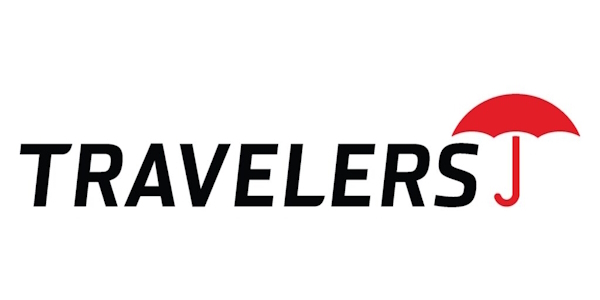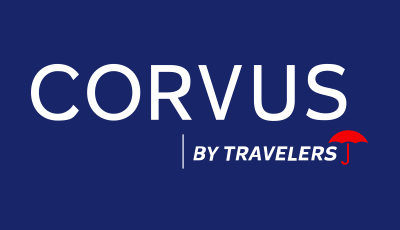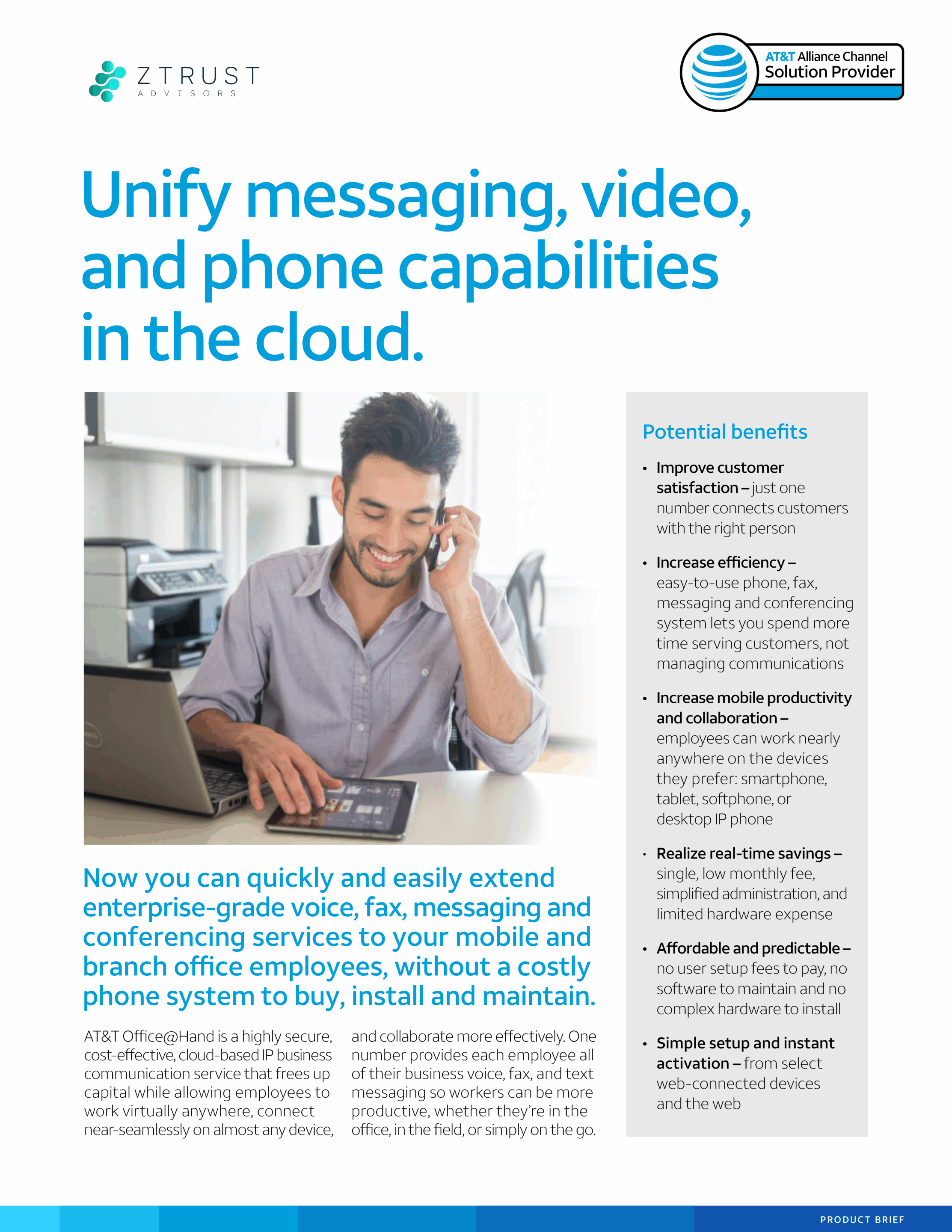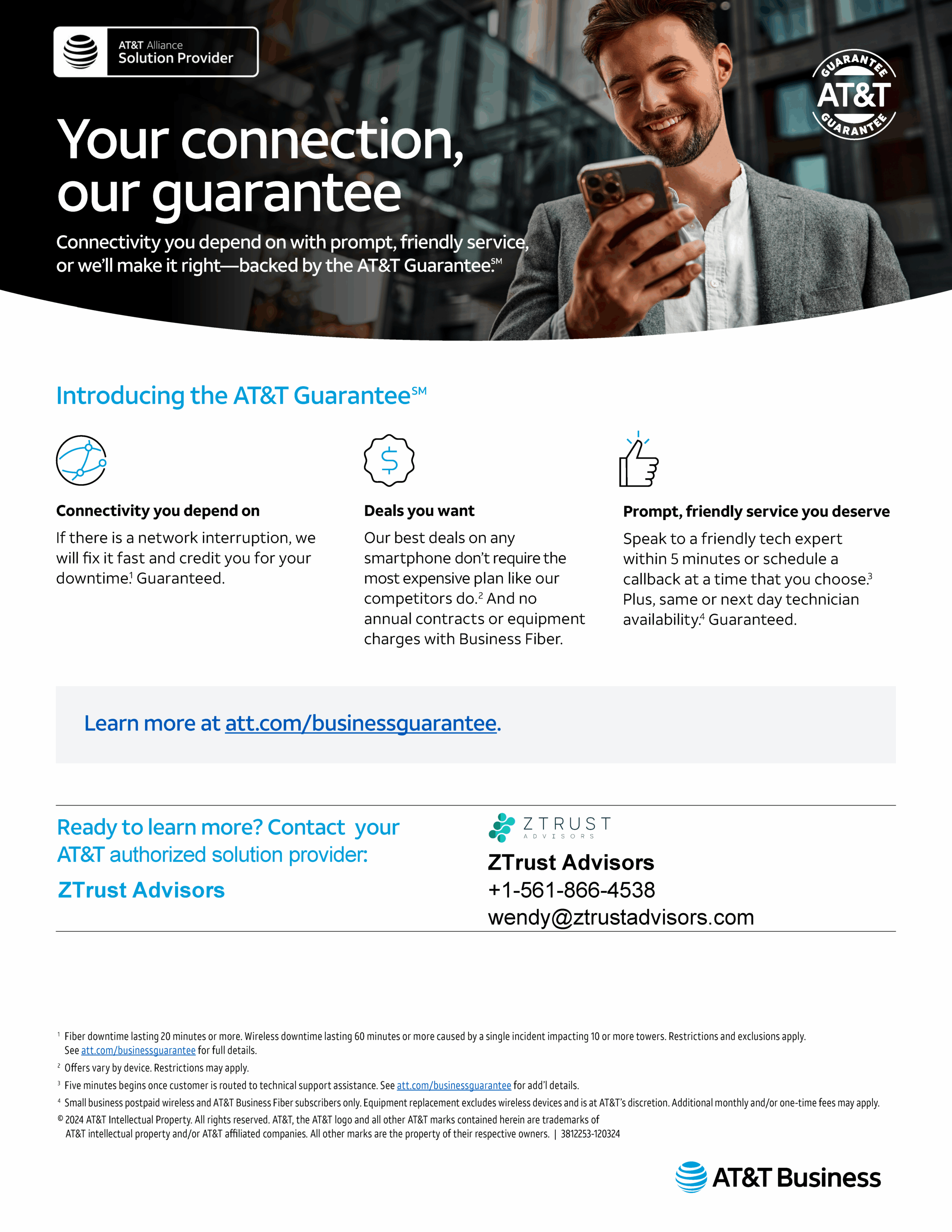Ransomware-as-a-Service (RaaS)
The Democratization of Cyber Extortion
Ransomware-as-a-Service (RaaS) has emerged as a significant threat in the cybersecurity landscape, democratizing access to sophisticated ransomware tools. This white paper examines the RaaS model, its impact on businesses, and strategies for prevention and mitigation.
Introduction
RaaS is a subscription-based model that allows cybercriminals to utilize pre-developed ransomware tools in exchange for a share of the profits. This business model has substantially lowered the entry barrier for executing ransomware attacks, enabling even non-technical actors to launch complex campaigns. The 2023 Sophos Threat Report indicates a 32% increase in RaaS-related attacks, underscoring the growing prevalence of this approach among cyber criminals.
Notable RaaS Incidents
- DarkSide (2021): The Colonial Pipeline attack, attributed to DarkSide ransomware, caused significant disruptions to U.S. fuel supply chains and resulted in a $4.4 million ransom payment.
- REvil (2021): Responsible for high-profile attacks, including the breach of JBS Foods, which led to an $11 million payout.
- LockBit (Ongoing): One of the most active RaaS groups, LockBit targets organizations globally, often employing double extortion tactics.
Business Impact Analysis
- Financial Consequences: RaaS campaigns frequently result in multimillion-dollar ransom demands and substantial recovery costs.
- Data Security Breaches: Double extortion tactics involve the exfiltration of sensitive data before system encryption.
- Operational Disruptions: Ransomware attacks lead to critical operational downtime, affecting productivity and revenue streams.
- Regulatory and Legal Risks: Organizations may face regulatory penalties for failing to secure sensitive data adequately.
Prevention and Mitigation Strategies
To combat the growing threat of RaaS, organizations should implement a multi-layered defense strategy:
1. Proactive Backup Implementation: Establish regular, encrypted backup protocols to enable system restoration without ransom payment.
2. Advanced Threat Detection Systems: Deploy endpoint detection and response (EDR) tools for early identification and mitigation of ransomware threats.
3. Network Segmentation: Implement network isolation techniques to contain potential ransomware spread.
4. Comprehensive Employee Training: Educate staff on identifying phishing emails and other common ransomware delivery methods.
5. Incident Response Planning: Develop and regularly test response plans specifically tailored to ransomware incidents.
6. Cyber Insurance Engagement: Secure coverage for ransomware-related incidents to mitigate financial impacts.
Conclusion
The proliferation of Ransomware-as-a-Service has transformed ransomware attacks into an accessible and profitable venture for cybercriminals. Organizations must adopt robust security measures, implement proactive monitoring systems, and maintain comprehensive incident response plans to mitigate the risks posed by RaaS campaigns effectively. In this evolving threat landscape, preparedness and vigilance remain paramount.
Connected. Protected. Empowered.
We help businesses thrive in a digital world by delivering reliable AT&T connectivity solutions, advanced cybersecurity, and cutting-edge IT services. From high-speed internet to threat protection, we’re your one trusted partner for smarter, safer operations.
Request a Custom Quote
Tell us what you need, and we’ll build a solution around your goals and budget.
No Spam. Promise!














